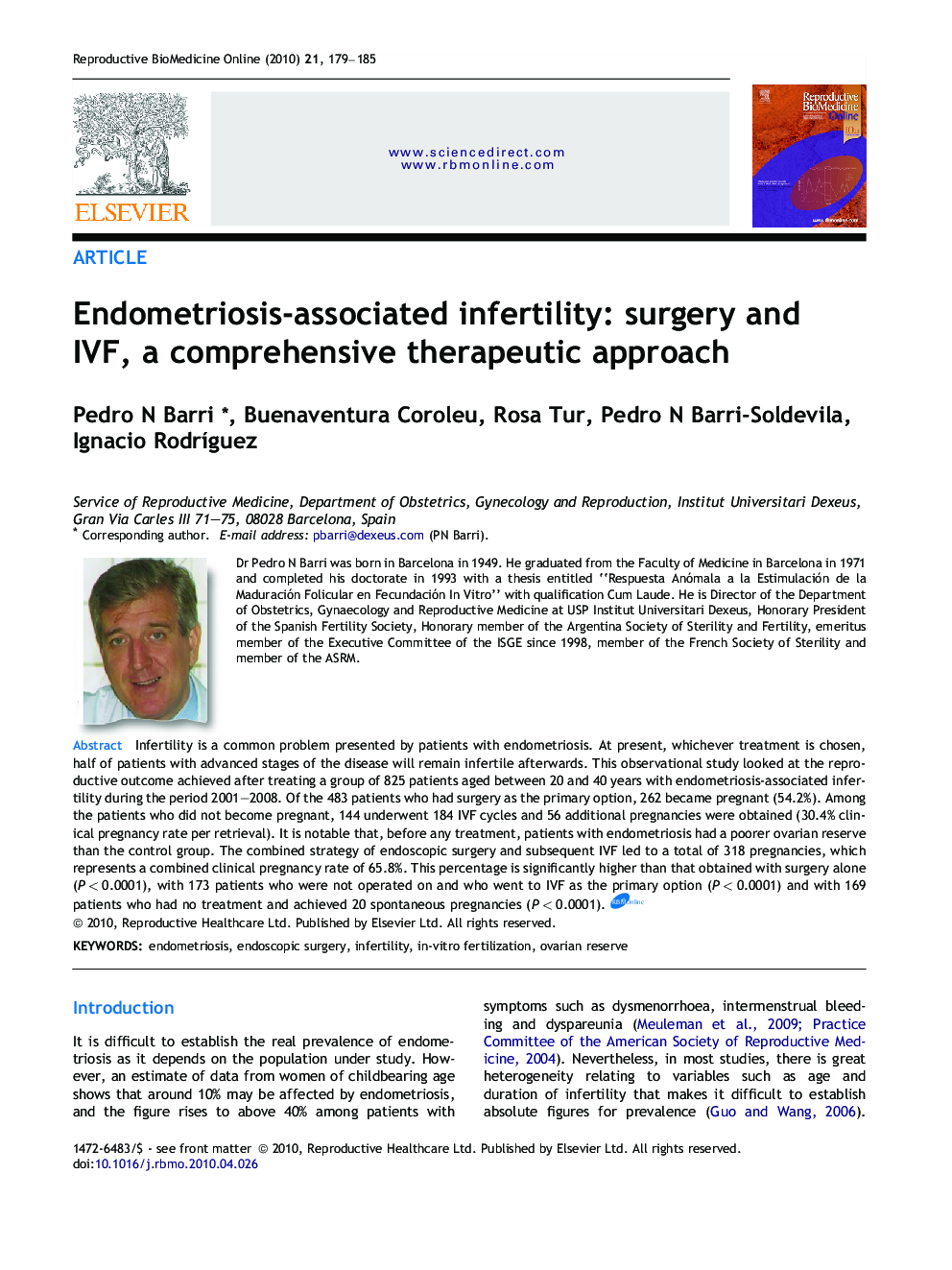| Article ID | Journal | Published Year | Pages | File Type |
|---|---|---|---|---|
| 3971748 | Reproductive BioMedicine Online | 2010 | 7 Pages |
Infertility is a common problem presented by patients with endometriosis. At present, whichever treatment is chosen, half of patients with advanced stages of the disease will remain infertile afterwards. This observational study looked at the reproductive outcome achieved after treating a group of 825 patients aged between 20 and 40 years with endometriosis-associated infertility during the period 2001–2008. Of the 483 patients who had surgery as the primary option, 262 became pregnant (54.2%). Among the patients who did not become pregnant, 144 underwent 184 IVF cycles and 56 additional pregnancies were obtained (30.4% clinical pregnancy rate per retrieval). It is notable that, before any treatment, patients with endometriosis had a poorer ovarian reserve than the control group. The combined strategy of endoscopic surgery and subsequent IVF led to a total of 318 pregnancies, which represents a combined clinical pregnancy rate of 65.8%. This percentage is significantly higher than that obtained with surgery alone (P < 0.0001), with 173 patients who were not operated on and who went to IVF as the primary option (P < 0.0001) and with 169 patients who had no treatment and achieved 20 spontaneous pregnancies (P < 0.0001).
